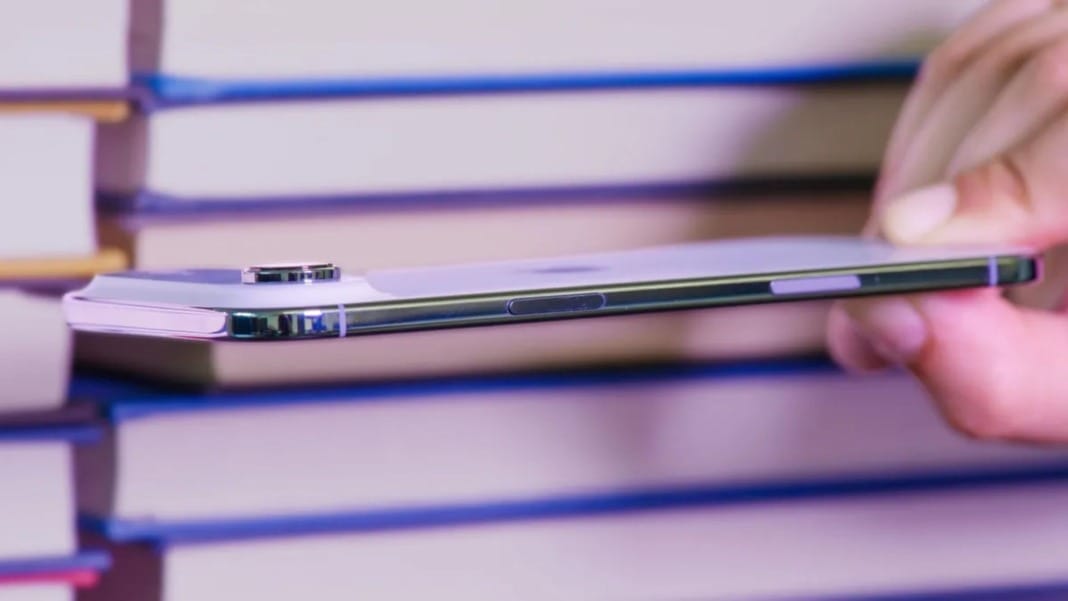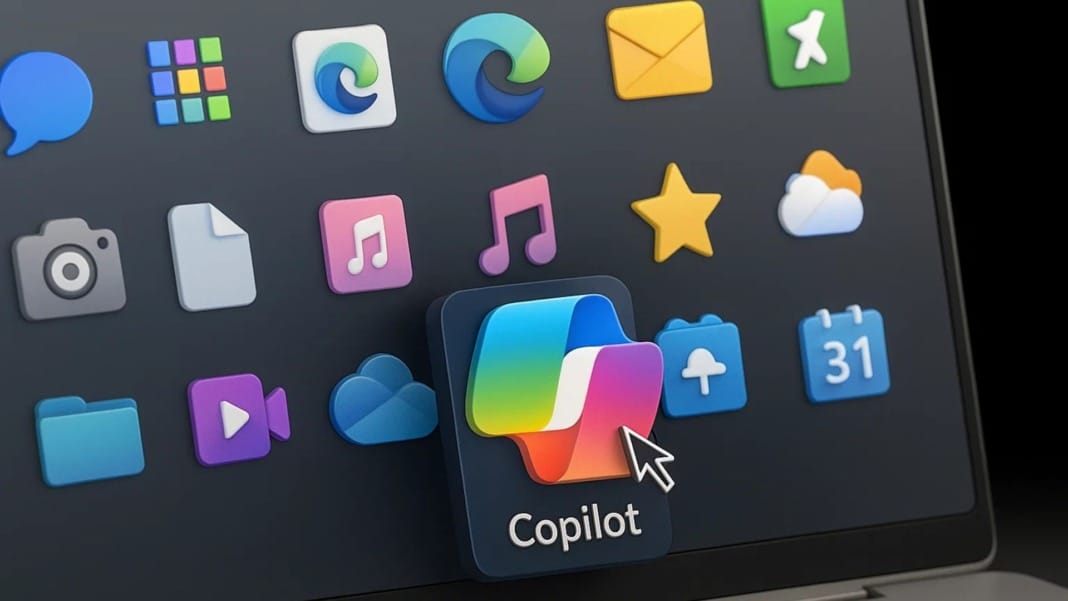Apple’s latest iPhone Air has drawn attention for being the thinnest smartphone the company has ever produced, measuring just 5.6mm. At first glance, the device appears fragile, sparking concerns that it could bend or snap under everyday use. However, its titanium frame has been engineered to be both stronger and more flexible than aluminium, offering enhanced durability without adding bulk.
This balance of strength and lightness was recently put to the test by popular YouTuber JerryRigEverything, known for stress-testing smartphones to their limits. His widely watched durability tests have exposed weaknesses in previous devices from across the industry, making the iPhone Air’s turn in the spotlight particularly anticipated.
JerryRigEverything puts the phone to the test
In his initial trial, JerryRigEverything pressed his thumbs firmly into the centre of the iPhone Air’s screen in an attempt to bend it. Despite visible bowing, the phone resisted damage and quickly returned to its original shape once the pressure was released. This performance suggested that Apple’s design improvements were more than just aesthetic.
JerryRigEverything noted that while some minor flexing was inevitable given the device’s extremely thin body, the iPhone Air did not crack or suffer permanent structural issues. This result contrasted with the fate of several other smartphones tested on his channel, which have often succumbed to such extreme pressure.
Measuring the breaking point
Not fully satisfied with a simple bend test, JerryRigEverything decided to push the iPhone Air further. Moving to his garage, he set up a more rigorous experiment using a crane scale and metal bars to apply controlled force to the phone. The goal was to determine the precise amount of pressure required to break the device.
The results showed that the iPhone Air could withstand up to 216 pounds of force before finally cracking. For a handset as slim as 5.6mm, this figure is considered impressive, highlighting Apple’s commitment to balancing cutting-edge design with practical strength.
While the test ultimately ended in a broken phone, it offered reassurance that under normal use, the iPhone Air is unlikely to face structural failures. For most users, such extreme levels of pressure would never occur in daily life, meaning the device should remain durable enough for regular handling.
The experiment not only demonstrated the resilience of the iPhone Air but also underscored the progress smartphone manufacturers have made in materials engineering. Apple’s use of titanium appears to have played a key role in ensuring the phone is both ultra-thin and able to withstand significant stress.
As consumer interest grows in thinner and lighter devices, Apple’s latest achievement suggests that durability does not have to be compromised in the pursuit of design innovation.





